52 Countries in 52 Weeks, Part 30: Malaysia, Singapore, Indonesia & Australia
In Which I Get To Enjoy Some Really Great Cities, Start To Feel Burnout, See The Finish Line, And Make A Very Foolish Culinary Choice
I had raised elbows to get to the Mona Lisa, pushed past people to climb the Parthenon, navigated traffic lights and tourists through Times Square, weaved through hundreds of people in markets and temples across the world.
But I had finally met the final boss: Singapore’s Chinatown on the eve of Lunar New Year.
The city state of six million people is a great many things, one of which is being perhaps the biggest centre for the Chinese diaspora, with approximately 70% of the population of Chinese descent.
Entirely by coincidence, I planned my visit to be at the same time as Singapore’s biggest yearly celebrations.
I figure you should lean into the strengths of a city. If a global metropolis is celebrating a global event, it was worth bracing the crowds.
After nearly 11 months of travel, it was still a lot of people. While the energy was intoxicating and the people watching among the gift stalls fascinating, I was getting hungry after spending a half hour to walk 200 metres. A new plan was needed.
Then, inspiration struck. I passed by a restaurant with good reviews on Google that, owing to the owner’s heritage, normally served a mix of Indian and Mexican food, but for this celebration was serving Chilli Crab, Singapore’s national delicacy.
A Canadian in Singapore, on the eve of Lunar New Year, having a chilli crab at a Mexican-Indian restaurant: what a wonderful ode to our interconnected world! What a small moment of celebrating diversity! Of recognizing that exposure to the rest of this planet makes us stronger! Of random choices and delicious outcomes!
anyways the crab sucked
Of course it was going to suck. Of course it would be overcooked and oversaturated with the chilli sauce, almost as if they’re a Indo-Mexican restaurant on a busy street cashing in on a big weekend, and you should never eat at the big patio on the crowded tourist street, and then there was a FIFTEEN DOLLAR BEER to go with the much more expensive crab, because there’s a sucker born every minute, and this moment I was that sucker.
Stupid, stupid Justin.
Hilarious, hilarious moment.
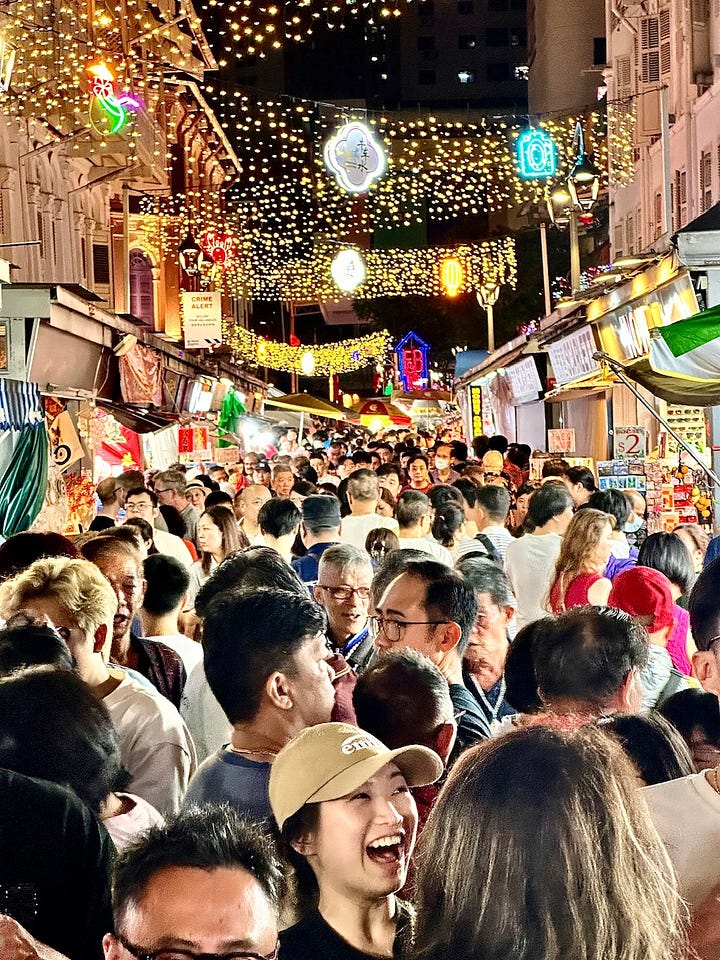
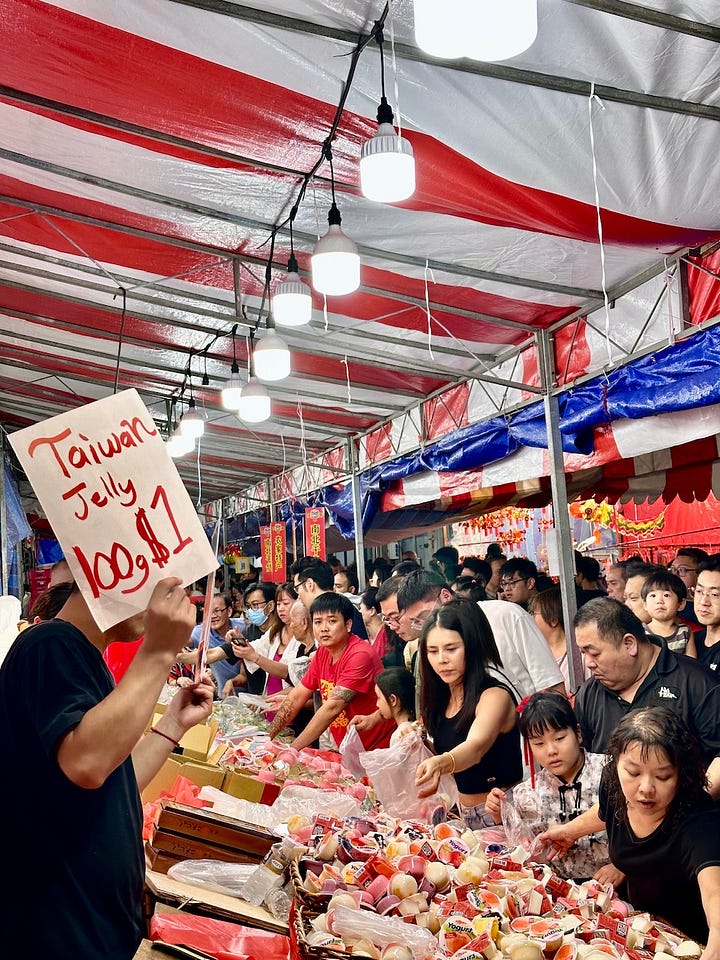
Singapore was the middle leg in the second half of the Southeast Asia part of this trip, sandwiched between three days in Kuala Lumpur and nine days around Bali, comprising countries 48 through 50 of this trip.
It continued a theme of being slightly less ambitious than the first three quarters of this year around the world, due to 2023 Justin deducing that 2025 Justin would be less up for constant moving around at this stage of this journey.
That was a smart decision, and I loved Kuala Lumpur’s diverse cosmopolitanism, and the tranquillity of Gili Air — a small island 100 km to the east of Bali, where the snorkelling is amazing.
(There were parts of Bali I loved, but I also found it incredibly packed and incredibly difficult to get around, but your experience might be different)

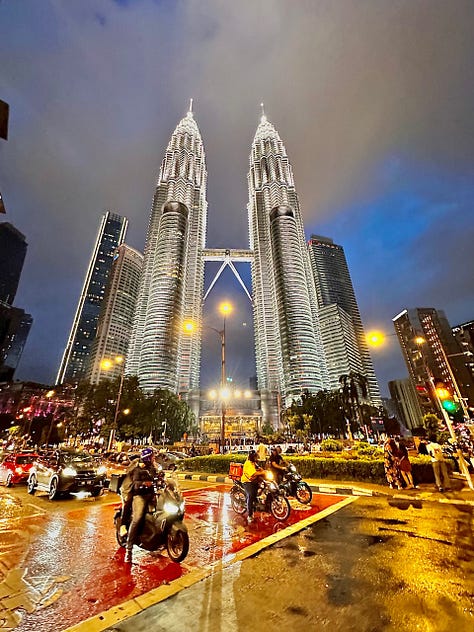
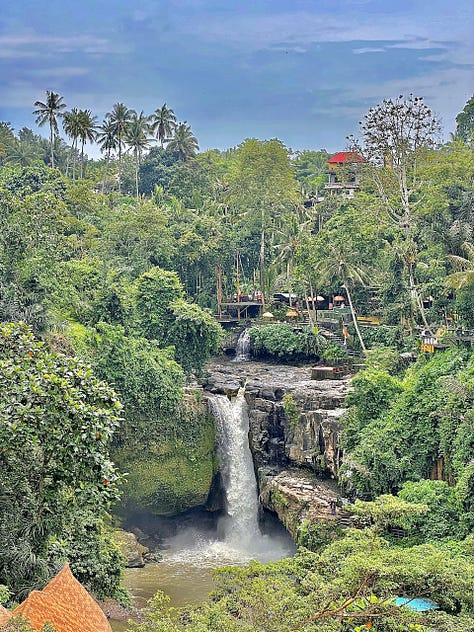
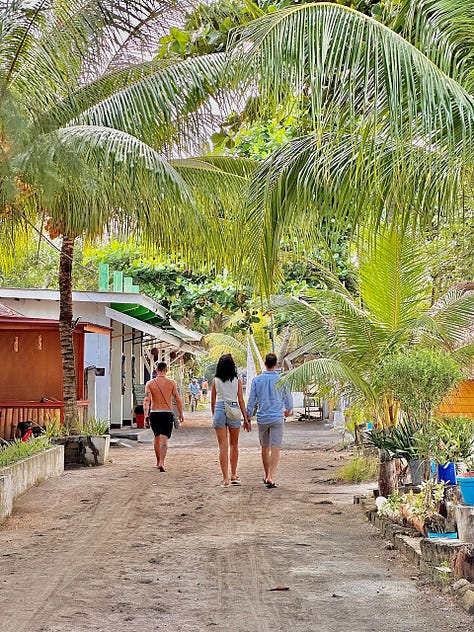
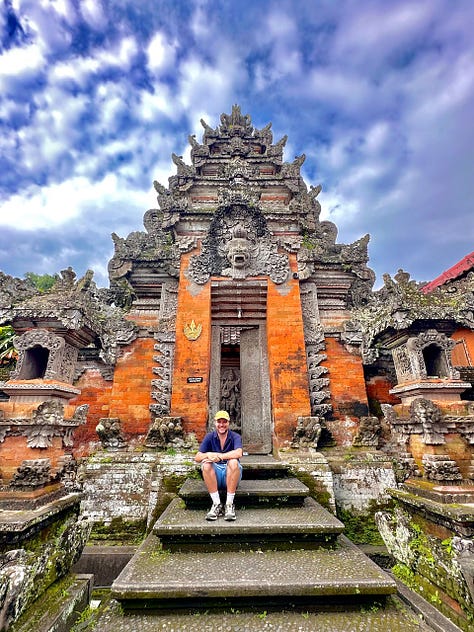
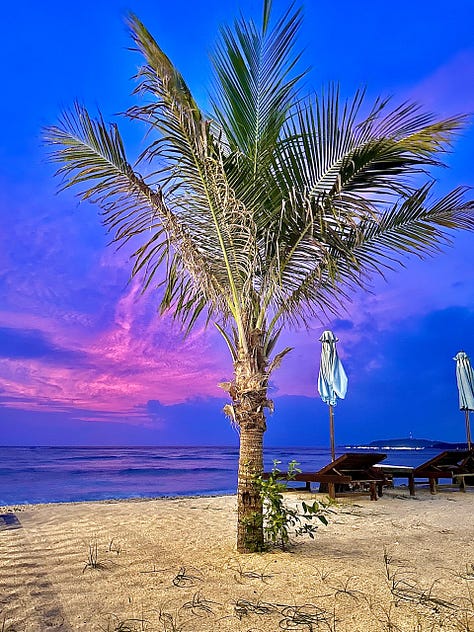
However, it’s been a while since I focused on a great city, so let’s gush about a great city.
Because Singapore is great.
A lot of the focus on the city state comes from its extremes: the wealth on display, the futuristic buildings and Gardens by the Bay, the onerous rules on public spitting, littering, gum chewing, etc.
All of that is there to critique, and if you were so inclined it could dominate your view of Singapore — particularly the money, since the amount a foreigner might pay for a decent hotel and some of the city’s top attractions will exceed just about every other city on earth (there are a lot of cost of living indexes out there, but Singapore invariably shows up in the top 10 in just about every one).
But the thing that I was most struck by was how balanced and liveable everything was.
There are six million people on this relatively small island, but 240 kilometres of well-used rapid transit (one of the highest per capita in the world), avoiding the gridlock found in much of Southeast Asia.
Neighbourhoods centred around Indian, Chinese and Muslim communities have their own energy and hole in the wall shops that feel authentic, neither gentrified nor a shadow of their past.
There are big tourist attractions, but they’re decently spread out — the extremely popular zoo is 15km from downtown, for example — ensuring no part of the city is dominated by the gelato-and-trinkets demands of visitors.
There are glitzy restaurants where cocktails are $30 a glass, but also kaya cafes and hawker stalls where you can eat for under ten bucks. Working class apartments are easy to find, while homeless people aren’t.
Obviously there are flaws if you champion quaint late 20th century “Western” ideas like free markets, democracy or liberalism: a lot of this has developed due to government regulations — 80% of housing is publicly owned under the famed Housing and Development Board, and sold under heavily regulated 99-year leases. Individual neighbourhoods have maximum quotas for different races under the country’s Ethnic Integration Policy. Even car ownership is heavily regulated, all in a political system where one party dominates and media and free speech is suppressed.
Yet from a planning perspective, when you consider the problems North American cities, when you consider how many of them involve having to negotiate power with two other sets of government, when you consider how they have the most amount of on the ground responsibility while having the least amount of taxation power…you can see the appeal of Singapore pretty quickly.
And unlike Dubai, where I could feel the intense wealth and class divide, or in Hong Kong or Shanghai, where the effects of surveillance and censorship seemed to stifle energy, in Singapore I felt — well, I felt it was a great, functioning city.
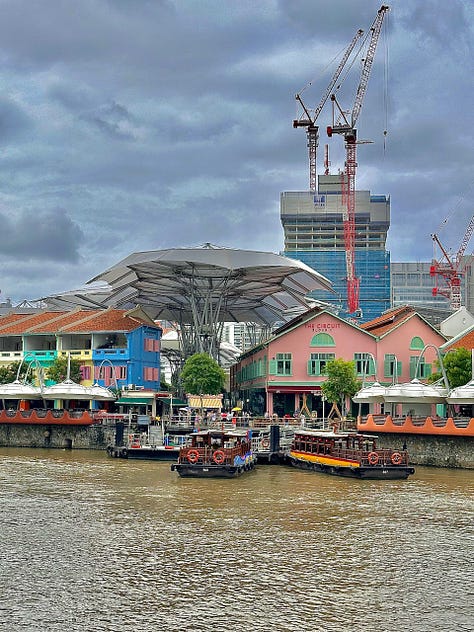
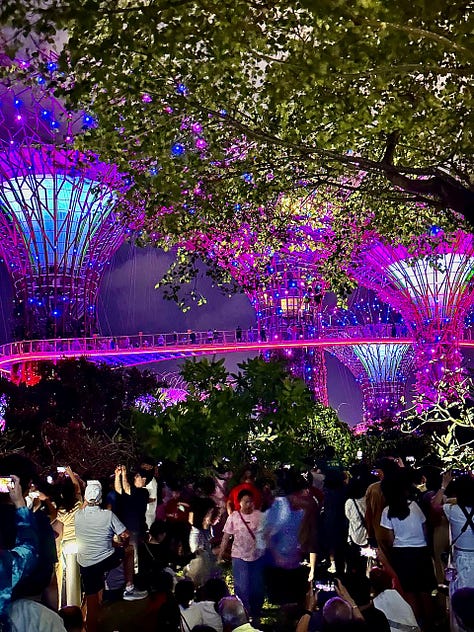
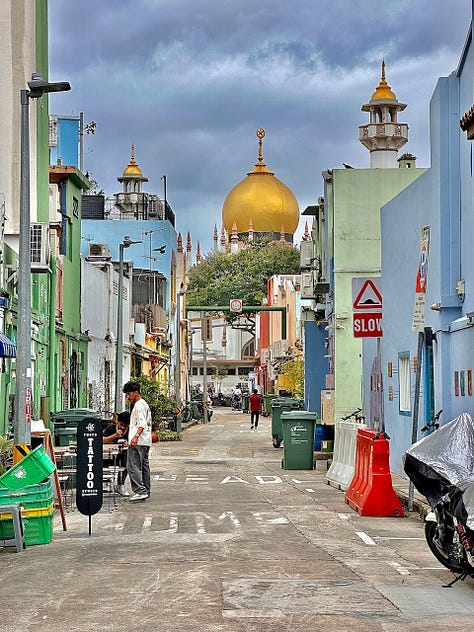
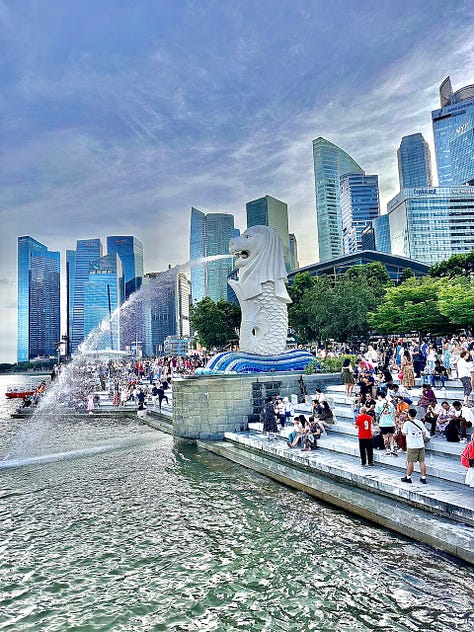
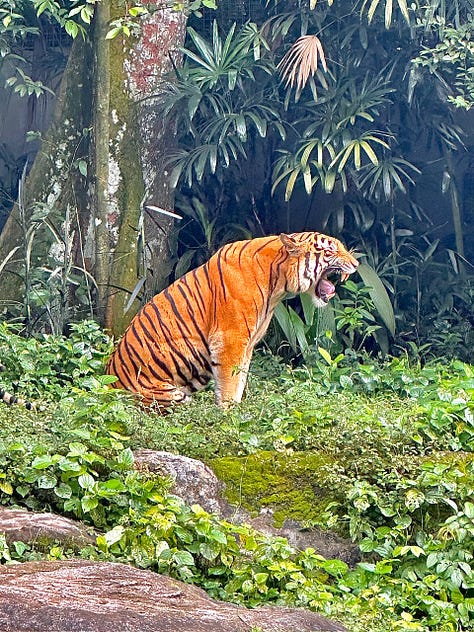
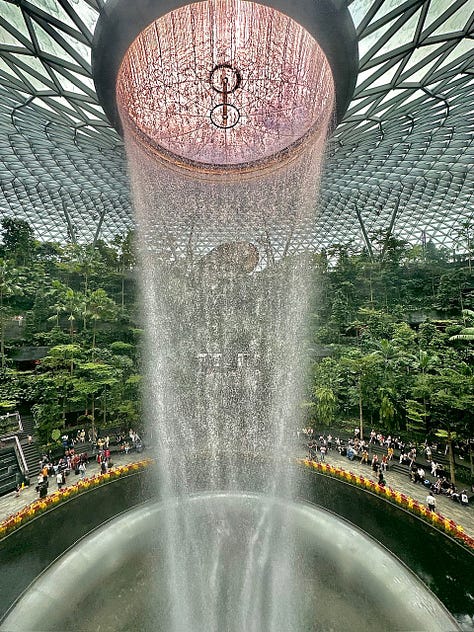
The feeling of great cities continued in Australia, as country 51 became a whirlwind tour along the country’s east coast over 10 days from Cairns to Melbourne.
Which, for a place as big as Australia, is objectively silly. A couple of Australians said so to my face while I was there. I couldn’t necessarily disagree with them.
And yet, my response was the same as it had been over the entire trip — if I had added a week or two to appreciate the openness of the outback, to see Uluru and Tasmania, what would I have missed? Could I have cut short my time in China or India, or reduced the joy of waltzing across Europe by train, or had less time to appreciating the wonder of Egyptian or Ottoman or Greek civilization?
So 10 days for Australia felt perfectly natural, particularly since I managed to fit in a snorkel day in the Great Barrier Reef, a trip to a Koala sanctuary, and a day-long meander down the famed Great Ocean Road and its 12 Apostles to feel like I got a decent appetizer of the country’s breadth.
Plus, it left time to enjoy the country’s three biggest cities: Sydney, Melbourne and Brisbane, comprising nearly half of Australia’s population.
Though they didn’t hum with the same level of preciseness as Singapore, it felt like a cozy Vancouver hug to spend plenty of time in a big city where walkability was prioritized, Metro lines were extensive, and water and parks and people and streets and businesses blended together seamlessly.
(My favourite of which was probably Melbourne, which aside from having a massive amount of galleries, museums and vintage arcade malls, did a fantastic job of making all of its waterfront streets and little alleys and night markets and everything in between burst with energy)
I’m sure part of my happiness came from the selfish reason that, for the first time since the United Kingdom in early August, I was in a country with English as the dominant language. The extra step of translating on my phone, or looking for the translation on the signage, or figuring out the easiest way to get my point across to a service worker has never been “difficult” on this trip, but it has been an additional mental layer. When I didn’t need to do it anymore after six months, it was immediately noticeable.
But even beyond the Vancouver comparisons and the language comforts, the cities themselves were bursting with interesting neighbourhoods and public amenities, particularly when it came to transit: Brisbane and Sydney operated small ferries that easily took me around the water, while Melbourne has a series of trams that are completely free within the city centre.
It is not a coincidence that all of those cities felt much easier to get around than most of my time in Southeast Asia, or Los Angeles, or Cairo, or any other significantly populated place where the transit system is malnourished.
At the same time I enjoyed those comparisons to home, there were other less flattering similarities.
I had gotten used to not seeing sleeping bags or tents in noticeable numbers on the street. Or encountering people angrily muttering at themselves, perhaps screaming at nobody in particular. Or locals taking an awkward long route around a plaza to avoid directly engaging with such people.
Then, more or less immediately upon arriving in Brisbane, it happened twice on the same day, and then was a recurring pattern in Sydney in Melbourne (though not to the same extent).
The overlapping crises of housing affordability, homelessness, drug addiction and street disorder is a massive issue in my hometown. But it’s also something I saw at different levels in America, in the United Kingdom and Australia, while barely noticing anywhere else.
Obviously my experience is anecdote heavy, but a search of media seems to bear out that there are very particular countries that feel these issues in such a concentrated way.
This trip has given me so much to research when I get home, partly for my book about this year, and partly for my own joy of education and discovery.
Almost all of those feelings and questions are exciting.
But why English-speaking countries seem to be facing such similar problems in their dense cities compared to the rest of the world is one that will be less joyful to explore, even if it is critically important.
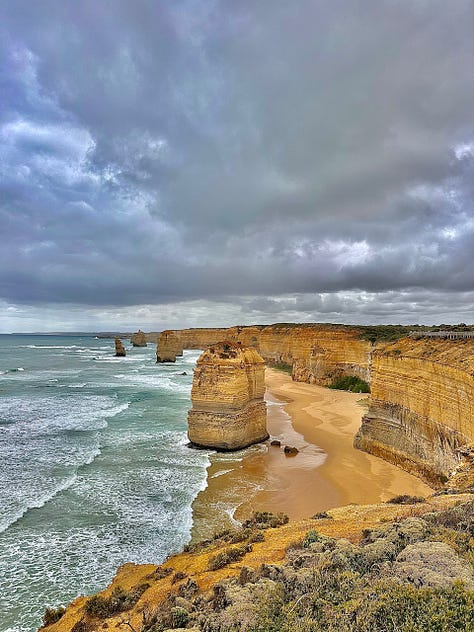
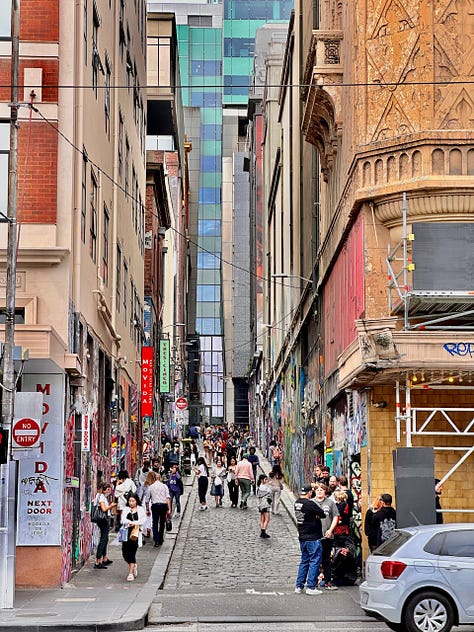
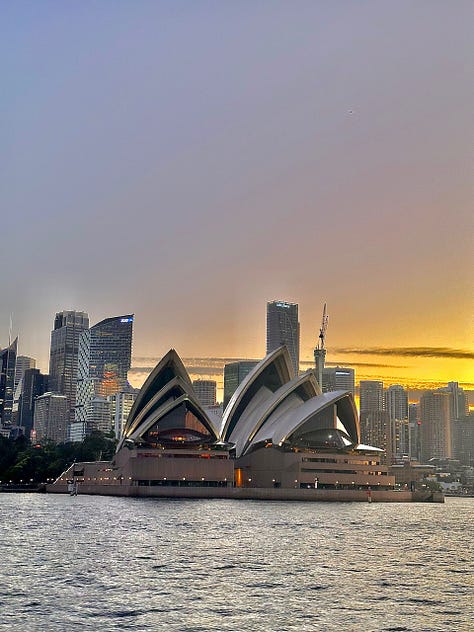
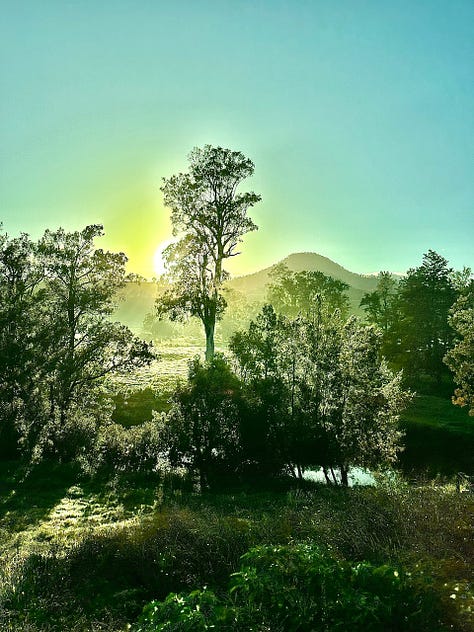
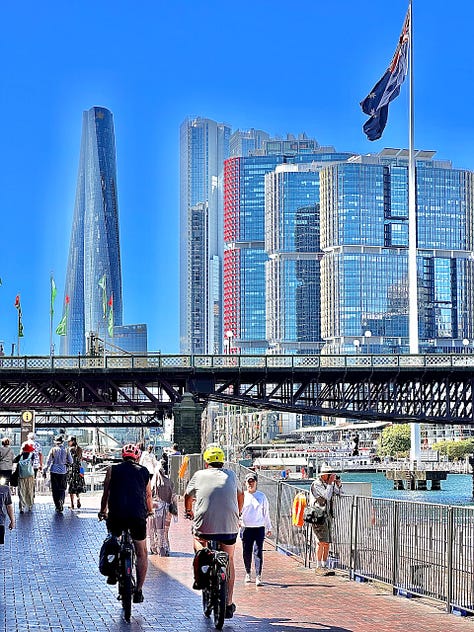
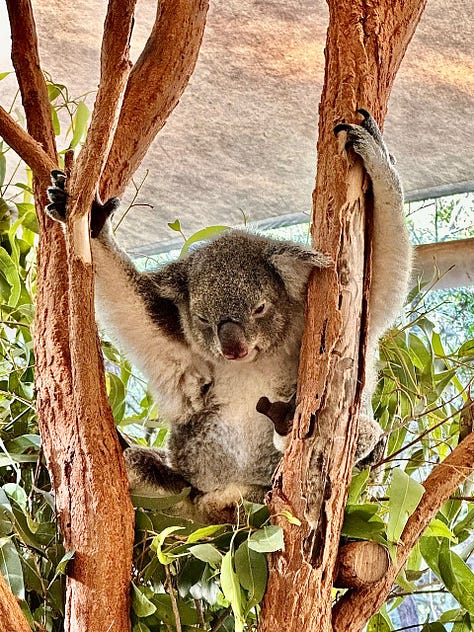
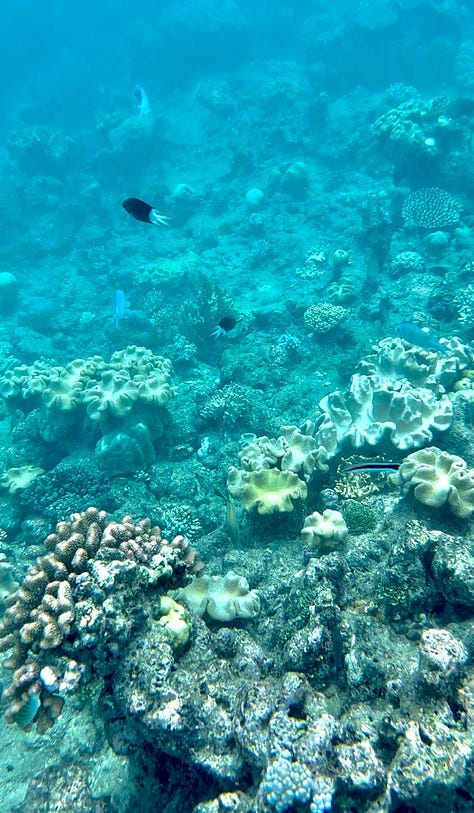
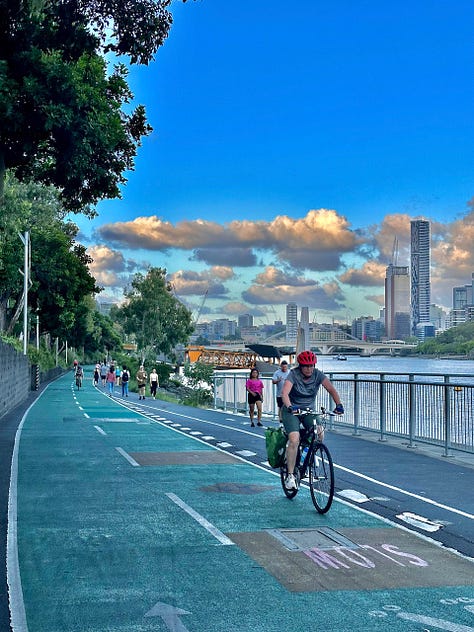
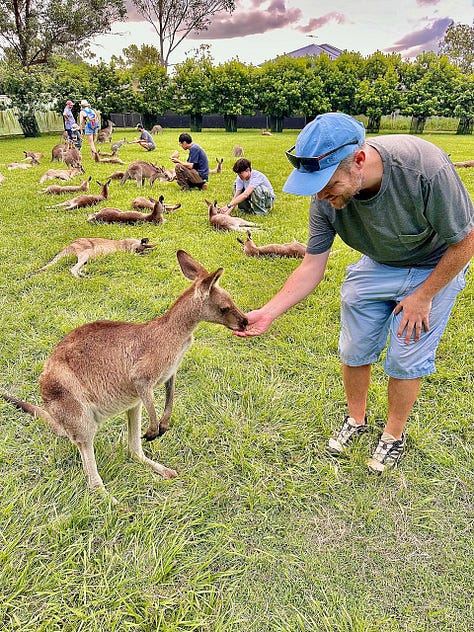
After 11 months of this trip more or less going swimmingly, there was a series of mishaps over a week in Indonesia and Australia.
A failure to properly sunscreen for a snorkelling day led to a vicious sunburn. Two days later, massive storms turned a two hour boat ride from Gili Air to Bali into a 13-hour ordeal where I didn’t get to my hotel until 2am.
The next day, my train from Cairns to Brisbane was cancelled because of massive flooding in the area, forcing me to either spend hundreds more on a flight or wake up at 4am for the budget airline option (I chose the latter).
Then in Brisbane, feeling both tired and distracted by the beautiful view on the seawall, I lost control of my Lime scooter and had a teensy crash, which luckily resulted in just flesh wounds.
Not all of these issues were my fault, and in isolation any of them would have been manageable — and had been manageable at various times during the trip. But in combination, it seemed to be a sign that after more than 300 days, my ability to constantly adjust to new situations was waning.
There was a little bit of internal annoyance with that. But it was quickly replaced by pride.
It feels weird to have “pride” of any accomplishment that’s based in travel. It’s such a function of privilege, and I firmly believe one should remain humble for any opportunity to see the world, to lead with curiousity and openness instead of one the literal seven deadly sins.
Still. I had travelled to 51 countries and more than 125,000 kilometres, renting no cars and flying the smallest amount possible. I went from somebody who had never gone anywhere outside Canada and the United States as an adult, to someone was comfortable going alone pretty much anywhere. A person on the autism spectrum who craved routine and found new situations uncomfortable, creating a situation where every day was a new adventure.
My back was peeling skin from the surburn and my hands were bloodied from the scooter crash.
But the fact I was only feeling exhaustion after this amount of time was a real sense of accomplishment, made manageable by the fact I only had a few more weeks and one more country to go.
So yes, I’ll have some pride, for a lot of things.
Even if ordering the Indo-Mexican Chilli Crab won’t be one of them.





So many personal accomplishments over which to feel pride and gratitude, Justin and I so enjoy and appreciate your beautiful, eloquent writing. I have followed your journeys and experiences over the past year and I’m so looking forward to the book to follow.
Safe travels for the remainder of your travel — I’m looking forward to hearing your voice on the radio once again! 🫶🏼
I have to echo exactly what KBW wrote.
Looking forward to your book and hearing you again on the radio. Thanks so much for sharing your amazing journey with us. Enjoy the last segment. Go well.